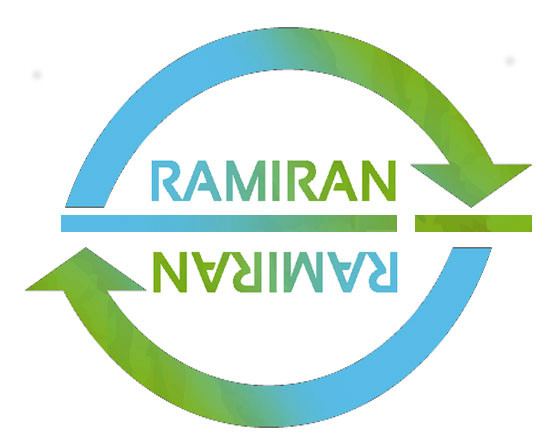| S1.16.
|
Effect
of slow release organic nitrogen fertilizer combined with
compost on soil fertility, yield and
quality of organic zucchini in sandy soil |
| S1.17.
|
A
statistical approach to assess soil biodiversity and biological
activity responses to repeated organic
amendment applications in cultivated soils - Relationships with soil
functions |
| S1.18. |
Soil
microbial biomass and community structure affected by repeated
additions of sewage;sludge
in four Swedish long-term field experiments
|
| S1.19.
|
Long-term
effects of urban waste composts on soil carbon and nitrogen
dynamics in an agroecosystem: application
of the NCSOIL/CERES-EGC coupled model |
| S1.20.
|
Spatial
variability of covers with harvest residues: effect on soil
protection |
| S1.21. |
Effect
of biochar on the N mineralization dynamics of an agricultural
soil amended with sheep manure
|
| S1.22.
|
The
perennial energy crop giant reed (Arundo donax L.) as a soil
nitrate scavenger for cattle slurry
application |
| S1.23. |
Long-term
effect of organic amendments on soil enzymatic activities |
| S1.24. |
Fertilizer
value of phosphorus in different residues |
| S1.25. |
The
effect of vermicompost on radish (R. sativus) growth, before and
after vermicompost maturation.
|
| S1.26. |
Biomass
ashes: characteristics and fertilizer use in agriculture |
| S1.27. |
Biochar
effects on C and N mineralization and biochemical properties of
soil amended with bioenergy
by-products |
| S1.28.
|
Soil
biological quality and leafy crop productivity in a tunnel
greenhouse under compost amendment
and mineral fertilization |
| S1.29. |
Inoculation
used in rapid composting: screening and application |
| S1.30. |
Incubation
study of kieselguhr (diatomite) for application as organic
fertilizer and soil ameliorant |
| S1.31. |
Changes
of the plant-available soil phosphorus in the Qualiagro
experiment for 13 years of cropping
and repeated applications of different urban
composts |
| S1.32. |
Short
term effects of bioenergy by-products on soil C and N
mineralization and biochemical properties |
| S1.33.
|
Rate
of mineralisation of biosolids in calcareous soils: effect of the
soil type and of the biosolids
treatment |
| S1.34. |
Effect
of date of sewage sludge application on tree growth and pasture
production in a Pinus radiata
D. Don silvopastoral system
|
| S1.35. |
Effect
of different types of sewage sludge on Cu concentration in soil
and pasture in a silvopastoral
system established under Pseudotsuga menziesii L. |
| S1.36. |
Zn
pasture and soil concentrations in Quescur. rubra L. silvopastoral
systems fertilised with sewage
sludge |
| S1.37.
|
Organic
amendment in urban and periurban agriculture: Biochemical
composition and mineralization
in different types of
soil |
| S1.38. |
Soil
organic carbon accumulation in a Mollisol amended with mineral and
organic fertilizers under
conventional tillage and no-till
systems |
| S1.39. |
Effect
of repeated organic waste application on soil microorganisms
involved in N cycle and their
activities at the plot scale |
| S1.40. |
Effect
of the application of pruning residues on the nitrogen content
in an ecological olive grove |
| S1.41. |
Nitrogen
mineralisation from spent mushroom substrates during their
short-term incubation with
calcareous soils |
| S1.42. |
Quantification
by a micromorphological approach of argilluviation and
bioturbation rates in soils
in response to land use change and recycling of organic residues . |
| S1.43. |
Long-term
compost amendment of a Mediterranean horticultural soil. Part
I: Relationships between
biological and chemical soil quality and the yield of two crops |
| S1.44. |
Influence
of vermicompost on properties and productivity of
field agrocenosis (the complex assessment) |

